Home>Storage Ideas>Bathroom Storage>How To Clean Mold In The Shower: Expert Tips
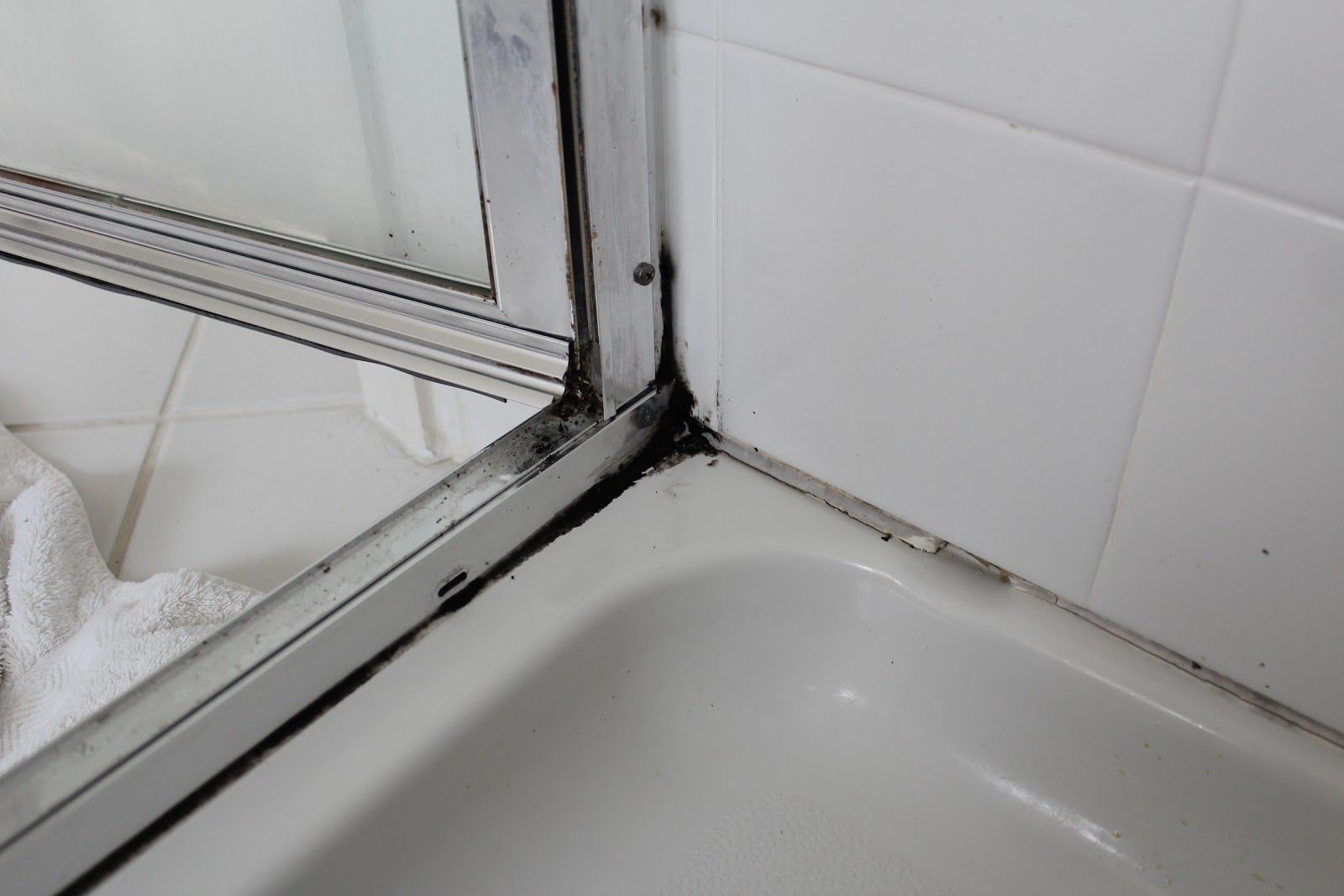

Bathroom Storage
How To Clean Mold In The Shower: Expert Tips
Modified: October 18, 2024
Learn expert tips and techniques on how to effectively clean mold in the shower. Get rid of bathroom storage issues with our comprehensive guide.
(Many of the links in this article redirect to a specific reviewed product. Your purchase of these products through affiliate links helps to generate commission for Storables.com, at no extra cost. Learn more)
Introduction
Mold is a common problem that many homeowners face, especially in the bathroom. The warm and moist environment of the shower provides the perfect conditions for mold to thrive. Not only is mold unsightly, but it can also pose health risks and cause damage to your bathroom surfaces if left untreated. To ensure a clean and healthy shower, it’s essential to know how to effectively clean mold and prevent its return.
In this article, we will provide expert tips on how to clean mold in the shower, including identifying the type of mold, safety precautions, and common cleaning methods. We will also discuss preventive measures to keep mold at bay and ensure a fresh and mold-free bathroom.
Key Takeaways:
- Say goodbye to shower mold by using natural solutions like vinegar and baking soda, or commercial mold cleaners. Prevent future growth with good ventilation, regular cleaning, and prompt leak repairs.
- Prioritize safety when cleaning mold in the shower by wearing protective gear, ventilating the area, and following proper cleaning methods. Identify the type of mold and seek professional help if needed.
Read more: How To Clean A Shower Tile Mold
Understanding Mold in the Shower
Mold is a type of fungus that thrives in damp and humid environments, making the shower an ideal breeding ground. It grows on various surfaces, including tiles, grout, shower curtains, and even in hard-to-reach corners. Mold can appear in different colors, such as black, green, or white, and it may have a fuzzy or slimy texture.
One common type of mold found in showers is black mold, also known as Stachybotrys chartarum. This type of mold can be particularly harmful as it produces toxic compounds called mycotoxins, which can cause respiratory issues and other health problems. It’s important to identify and treat black mold promptly to minimize health risks.
Mold spores are microscopic and float through the air. They can easily land on wet surfaces and start growing if the conditions are right. The main factors that contribute to mold growth in the shower are:
- Moisture: The primary catalyst for mold growth is moisture. Bathrooms with poor ventilation or leaks are especially prone to mold infestations. Steam from hot showers and baths can create a humid environment, encouraging mold to flourish.
- Poor Ventilation: Inadequate airflow and ventilation traps moisture in the bathroom, creating the perfect environment for mold growth. Proper ventilation, such as using exhaust fans or opening windows, can help reduce moisture and prevent mold from thriving.
- Organic Material: Mold requires a food source to grow and thrive. In the shower, organic materials like soap scum, shampoo residues, and dead skin cells provide ample nutrients for mold to feed on.
Understanding how mold develops and the conditions it needs to thrive is essential for effective mold prevention and removal. By addressing these factors, you can minimize the risk of mold growth and keep your shower clean and mold-free.
Identifying the Type of Mold
When it comes to mold in your shower, identifying the type of mold is crucial for proper treatment and ensuring the safety of your household. While most molds have similar characteristics, understanding the specific type can help determine the appropriate cleaning methods and precautions to take.
Here are some common types of mold you may encounter in your shower:
- Black Mold (Stachybotrys chartarum): Black mold is a toxic mold that appears dark green or black in color. It typically has a slimy or fuzzy texture and thrives in high-moisture areas. Black mold can cause severe health issues, so it’s important to take immediate action if you suspect its presence.
- Green Mold (Aspergillus or Penicillium): Green mold is a common type of mold found in bathrooms. It has a powdery or fuzzy appearance and can cause allergic reactions and respiratory problems in susceptible individuals.
- White Mold (Cladosporium or Fusarium): White mold is often found on bathroom surfaces such as tiles, grout, or shower curtains. It appears as fluffy or powdery patches and can cause allergic reactions and respiratory issues.
To identify the type of mold in your shower, you can visually inspect the affected areas. Look for discoloration, fuzzy or slimy textures, and any distinctive odors. It’s important to note that visual identification may not always be accurate, as different molds can have similar appearances.
If you suspect that the mold in your shower is black mold or if you’re unsure about its type, it’s recommended to consult a professional mold remediation expert. They have the expertise and tools to accurately identify the mold and provide the appropriate remediation strategies.
Regardless of the type of mold, it’s essential to take precautions when dealing with mold removal. Wear protective gear such as gloves, goggles, and a mask to prevent inhalation of mold spores and exposure to cleaning agents.
Now that you have a better understanding of the different types of mold that can occur in your shower, you can take appropriate action to remove it effectively and ensure the safety and cleanliness of your bathroom.
Safety Precautions before Cleaning
Before you start cleaning mold in your shower, it’s important to take certain safety precautions to protect yourself and minimize the risk of mold spores spreading throughout your home. Mold can cause allergic reactions and respiratory issues, so it’s crucial to handle it carefully.
Here are some safety precautions to consider before cleaning mold in your shower:
- Wear Protective Gear: Mold spores can cause irritation and allergies, so it’s essential to wear proper protective gear. Put on disposable gloves, safety goggles, and a mask to prevent direct contact with mold and inhaling spores.
- Ventilate the Area: Open windows or use an exhaust fan to ensure proper ventilation in the bathroom. This helps in reducing the concentration of mold spores in the air while cleaning.
- Contain the Area: Use plastic sheets or tarps to cover nearby surfaces and block off the area where you’re cleaning. This will prevent mold spores from spreading to other parts of your home.
- Use Proper Cleaning Equipment: Before starting the cleaning process, gather the necessary tools and cleaning agents. This may include a scrub brush, non-ammonia cleaner, vinegar, hydrogen peroxide, or bleach (if suitable for your shower surfaces).
- Test Cleaning Solutions: Before applying any cleaning solutions to larger areas of mold, it’s a good idea to test them on a small, inconspicuous spot. This ensures that the cleaning agent doesn’t damage or discolor the surface.
- Follow Instructions: Read and follow the instructions on the cleaning products you use. This includes the recommended dilution ratios, application methods, and safety precautions.
- Dispose of Materials Properly: After cleaning the mold, dispose of any contaminated materials, such as cleaning rags or sponges, in sealed plastic bags. This prevents the spread of mold spores.
Remember, if you’re dealing with a large mold infestation or if you’re unsure about the safety measures, it’s best to seek professional help. Mold remediation experts have the knowledge and experience to handle mold removal safely and effectively.
By following these safety precautions, you can protect yourself and your home while effectively cleaning mold in your shower. It’s important to prioritize your safety and well-being throughout the cleaning process.
Common Cleaning Methods for Mold Removal
When it comes to removing mold in your shower, there are several effective cleaning methods you can utilize. The choice of method depends on the severity of the mold infestation, the type of mold, and the surfaces you’re cleaning. Here are some common cleaning methods to consider:
- Using Vinegar and Baking Soda Solution: One natural and effective way to remove mold is by using a solution of vinegar and baking soda. Mix equal parts of white vinegar and water in a spray bottle and add a teaspoon of baking soda. Spray the solution on the moldy areas and let it sit for about an hour. Scrub the mold away using a brush or sponge and rinse the area thoroughly.
- Using Bleach Solution: Bleach can be an effective mold remover, especially on non-porous surfaces like tiles and glass. Mix one cup of bleach with one gallon of water and apply the solution to the moldy areas. Let it sit for 15 minutes, then scrub the mold away with a brush. Rinse the area thoroughly to remove any bleach residue.
- Using Hydrogen Peroxide Solution: Hydrogen peroxide is another excellent mold cleaner. Pour three percent hydrogen peroxide into a spray bottle and apply it to the moldy surfaces. Let it sit for 10 minutes, then scrub the mold away. Rinse the area thoroughly to remove any remaining mold spores.
- Using Commercial Mold Cleaners: There are numerous commercial mold cleaners available in the market, specifically designed for mold removal in bathrooms. Follow the instructions provided by the manufacturer, and make sure to wear protective gear while using these products.
Regardless of the cleaning method you choose, it’s essential to thoroughly clean the moldy areas and remove all traces of mold. Pay extra attention to grout lines, corners, and other hard-to-reach areas where mold can hide. After cleaning, dry the shower thoroughly to prevent moisture buildup and discourage future mold growth.
It’s important to note that if you’re dealing with a significant mold infestation or if the mold keeps recurring despite your cleaning efforts, it may be necessary to consult a professional mold remediation specialist. They have the expertise and equipment to handle extensive mold problems and ensure thorough removal.
By utilizing these common cleaning methods, you can effectively remove mold from your shower and restore its cleanliness and beauty. Regular maintenance and preventive measures can help prevent mold from reoccurring in the future.
Read more: How To Clean Mold From Dishwasher
Using Vinegar and Baking Soda Solution
A natural and effective method for removing mold in your shower is by using a solution of vinegar and baking soda. Vinegar, with its acidic properties, acts as a potent mold killer, while baking soda helps to scrub away the mold and deodorize the area.
Here’s how you can use a vinegar and baking soda solution to remove mold:
- Mix equal parts of white vinegar and water in a spray bottle.
- Add a teaspoon of baking soda to the solution and shake the bottle well to combine the ingredients.
- Spray the solution generously on the moldy areas in your shower. Ensure all affected surfaces are thoroughly covered.
- Allow the solution to sit for about an hour to penetrate and break down the mold.
- Using a brush or sponge, scrub the moldy areas vigorously to remove the mold and any residue.
- Rinse the area thoroughly with water to wash away any remaining mold spores and cleaning solution.
- Dry the shower completely using a towel or squeegee to prevent moisture buildup and discourage future mold growth.
It’s important to note that vinegar has a strong smell that may linger for a short period. However, the smell will dissipate as the shower dries. If the smell bothers you, you can add a few drops of essential oil to the vinegar and water solution to help mask the odor.
This vinegar and baking soda solution is safe to use on a variety of shower surfaces, including tiles, grout, and shower curtains. However, it’s always a good idea to test the solution on a small, inconspicuous area before applying it to larger sections.
This method is particularly useful for light to moderate mold infestations. For severe mold problems or if the mold keeps coming back, it’s recommended to seek professional help for thorough remediation.
By utilizing a vinegar and baking soda solution, you can effectively remove mold from your shower and enjoy a clean and mold-free bathing environment.
Use a mixture of equal parts water and white vinegar to spray on the moldy areas. Let it sit for an hour, then scrub with a brush and rinse thoroughly. Repeat as needed.
Using Bleach Solution
Another effective method for removing mold in your shower is by using a bleach solution. Bleach is a powerful disinfectant that can kill mold spores and help prevent future mold growth. However, it’s essential to use bleach with caution and only on appropriate surfaces, as it can damage certain materials.
Here’s how you can use a bleach solution to remove mold:
- Ensure the area is well-ventilated by opening windows or using an exhaust fan. This will help minimize exposure to the bleach fumes.
- Wear protective gloves and a mask to protect your skin and respiratory system from the bleach.
- In a well-ventilated area, mix one cup of bleach with one gallon of water in a bucket. Stir the solution well.
- Dip a scrub brush or sponge into the bleach solution and apply it to the moldy areas in your shower. Ensure all affected surfaces are thoroughly covered.
- Allow the bleach solution to sit on the moldy areas for about 15 minutes to disinfect and kill the mold.
- Using the scrub brush or sponge, vigorously scrub the moldy areas to remove the mold and any residue.
- Rinse the area thoroughly with water to wash away any remaining bleach and mold spores.
- Ensure the shower area is well-ventilated and dry to prevent moisture buildup and discourage mold growth.
It’s important to note that bleach should only be used on non-porous surfaces, such as tiles, glass, or porcelain. Avoid using bleach on materials like wood, drywall, or fabric, as it can damage or discolor them. Always test the bleach solution on a small, inconspicuous area before applying it to larger sections to ensure compatibility.
Additionally, be cautious when using bleach around other cleaning agents, as it can create toxic fumes when mixed with certain chemicals. Avoid using bleach in combination with ammonia-based cleaners.
While bleach is effective in killing mold, it does not penetrate porous surfaces and may not eliminate the mold completely. If you’re dealing with a severe or recurring mold problem, it’s advisable to consult a professional mold remediation specialist for thorough removal.
By using a bleach solution carefully and on suitable surfaces, you can effectively remove mold from your shower and maintain a clean and mold-free environment.
Using Hydrogen Peroxide Solution
Using a hydrogen peroxide solution is another effective method for removing mold in your shower. Hydrogen peroxide is a natural and safe disinfectant that can kill mold spores and inhibit their growth. It is particularly useful for tackling mold on porous surfaces like grout or caulk.
Here’s how you can use a hydrogen peroxide solution to remove mold:
- Pour 3% hydrogen peroxide solution into a spray bottle.
- Thoroughly spray the hydrogen peroxide solution onto the moldy areas in your shower, ensuring complete coverage.
- Allow the solution to sit on the moldy areas for about 10 minutes. This will give the hydrogen peroxide time to break down the mold.
- Using a scrub brush or sponge, scrub the moldy areas vigorously to remove the mold and any residue.
- Rinse the area thoroughly with water to wash away any remaining mold spores and hydrogen peroxide solution.
- Ensure the shower area is well-ventilated and dry to prevent moisture buildup and discourage mold growth.
Hydrogen peroxide is generally safe to use on various shower surfaces, including tiles, grout, and caulk. However, it’s always a good idea to test the solution on a small, inconspicuous area before applying it to larger sections to ensure compatibility and prevent any potential damage.
One advantage of using hydrogen peroxide is that it is not as harsh as bleach and does not produce toxic fumes. Therefore, it can be a preferred option for those who are sensitive to strong chemical odors or prefer natural cleaning alternatives.
While hydrogen peroxide is effective in treating mold, it may not be as potent as bleach in killing certain types of mold, particularly black mold. If you’re dealing with a severe or persistent mold issue, it’s advisable to consult a professional mold remediation specialist for proper assessment and remediation.
By utilizing a hydrogen peroxide solution, you can effectively remove mold from your shower and maintain a clean and mold-free bathing environment.
Using Commercial Mold Cleaners
Using commercial mold cleaners is another effective option for removing mold in your shower. These cleaners are specifically formulated to tackle mold and often come in spray or liquid form. They are readily available in most home improvement stores and offer convenience and efficiency in mold removal.
Here’s how you can use commercial mold cleaners to remove mold:
- Read the instructions provided by the manufacturer carefully and follow them accordingly.
- Ensure the area is well-ventilated by opening windows or using an exhaust fan.
- Wear protective gloves and a mask to protect your skin and respiratory system while handling the cleaner.
- Apply the commercial mold cleaner directly to the moldy areas in your shower, following the instructions on the product label.
- Allow the cleaner to sit on the moldy areas as indicated in the instructions to penetrate and break down the mold.
- Using a scrub brush or sponge, vigorously scrub the moldy areas to remove the mold and any residue.
- Rinse the area thoroughly with water to wash away any remaining mold spores and cleaning solution.
- Ensure the shower area is well-ventilated and dry to prevent moisture buildup and discourage mold growth.
When using commercial mold cleaners, it’s important to carefully read and follow the instructions to ensure effective and safe use. Different cleaners may have specific application methods or require dilution with water.
Commercial mold cleaners offer the advantage of being specially formulated to target mold, making them powerful and efficient in removing stubborn mold stains. They can be particularly useful for severe mold infestations or when other cleaning methods have not been successful.
However, it’s important to note that some commercial mold cleaners may contain harsh chemicals. Take precautions by wearing gloves and a mask and ensuring proper ventilation during and after the cleaning process.
If you have concerns about using commercial mold cleaners or are unsure about the severity of the mold problem, it’s advisable to consult a professional mold remediation specialist for their expertise and assistance.
By using commercial mold cleaners properly, you can effectively remove mold from your shower and maintain a clean and mold-free bathing environment.
Read more: How To Clean Mold In Refrigerator
Preventive Measures to Avoid Mold Growth
Preventing mold growth in your shower is essential to maintain a clean and healthy bathroom environment. By implementing a few preventive measures, you can minimize the chances of mold taking hold and save yourself the hassle of frequent cleaning and mold removal. Here are some preventive measures to help you avoid mold growth in your shower:
- Maintain good ventilation: Proper ventilation in the bathroom is crucial to reduce moisture levels and prevent mold growth. Ensure your bathroom has an exhaust fan or open a window while showering to allow steam to escape. Run the fan or keep the window open after showering to continue airflow and aid in drying out the shower area.
- Wipe down surfaces: After each use, wipe down the shower walls, tiles, and fixtures to remove any residual moisture. Pay special attention to corners, grout lines, and areas prone to water accumulation. Consider using a squeegee or towel to dry the shower surfaces thoroughly.
- Fix leaks promptly: Check for any leaks in your shower and fix them promptly. Leaky pipes or faucets can lead to persistent moisture buildup, creating an ideal environment for mold growth. Addressing leaks promptly will help prevent mold from taking hold and causing further damage.
- Seal grout and caulk: Regularly inspect the grout lines and caulk in your shower. Over time, these areas can deteriorate or develop cracks, which can provide an entry point for moisture and mold. Repair or replace any damaged grout or caulk, and consider sealing them with a mold-resistant sealant to provide an extra layer of protection.
- Reduce humidity: In addition to proper ventilation, reducing humidity levels in your bathroom can help deter mold growth. Consider using a dehumidifier or placing moisture-absorbing products like silica gel or moisture-absorbing containers in the bathroom to help control humidity levels.
- Keep shower curtains clean: If you have a shower curtain, regularly clean it to prevent soap scum buildup and mold growth. Consider using a mildew-resistant shower curtain liner and regularly washing or replacing the curtain as needed.
- Regular cleaning routine: Implement a regular cleaning routine in your shower to remove any potential mold spores or mildew growth. Clean the shower surfaces, including walls, tiles, and fixtures, using appropriate cleaners to keep them free from mold and prevent its spread.
By incorporating these preventive measures into your shower maintenance routine, you can significantly reduce the likelihood of mold growth. Consistent upkeep and vigilance will help you maintain a clean and mold-free shower for your daily use.
If you continue to experience persistent mold problems despite following these preventive measures, it may be beneficial to consult a professional to assess and address any underlying issues contributing to mold growth.
Conclusion
Mold growth in the shower can be a persistent problem, but with the right knowledge and proactive measures, you can effectively clean and prevent it. Understanding the nature of mold, identifying its type, and taking safety precautions are essential first steps in combating mold in your bathroom.
There are various cleaning methods you can employ, such as using vinegar and baking soda solution, bleach solution, hydrogen peroxide solution, or commercial mold cleaners. Each method has its own advantages, so choose the one that suits your needs and the severity of the mold infestation.
However, prevention is key in maintaining a mold-free shower. By implementing preventive measures such as ensuring good ventilation, promptly fixing leaks, wiping down surfaces, and reducing humidity, you can minimize the conditions that allow mold to thrive.
Regular cleaning and maintenance routines are crucial in preventing mold growth. Following a regular cleaning schedule, using mold-resistant products, and inspecting grout and caulk for any damage will help you maintain a clean and healthy shower environment.
In conclusion, by understanding mold, identifying its type, taking safety precautions, and adopting preventive measures, you can effectively combat mold growth in your shower. Regular cleaning and maintenance are key to preventing mold from becoming a persistent problem. Remember that if the severity persists, it’s advisable to consult a professional who specializes in mold remediation for a thorough assessment and proper mitigation measures.
With these expert tips and your dedication to maintaining a mold-free shower, you can enjoy a clean and healthy bathroom for years to come.
Frequently Asked Questions about How To Clean Mold In The Shower: Expert Tips
Was this page helpful?
At Storables.com, we guarantee accurate and reliable information. Our content, validated by Expert Board Contributors, is crafted following stringent Editorial Policies. We're committed to providing you with well-researched, expert-backed insights for all your informational needs.
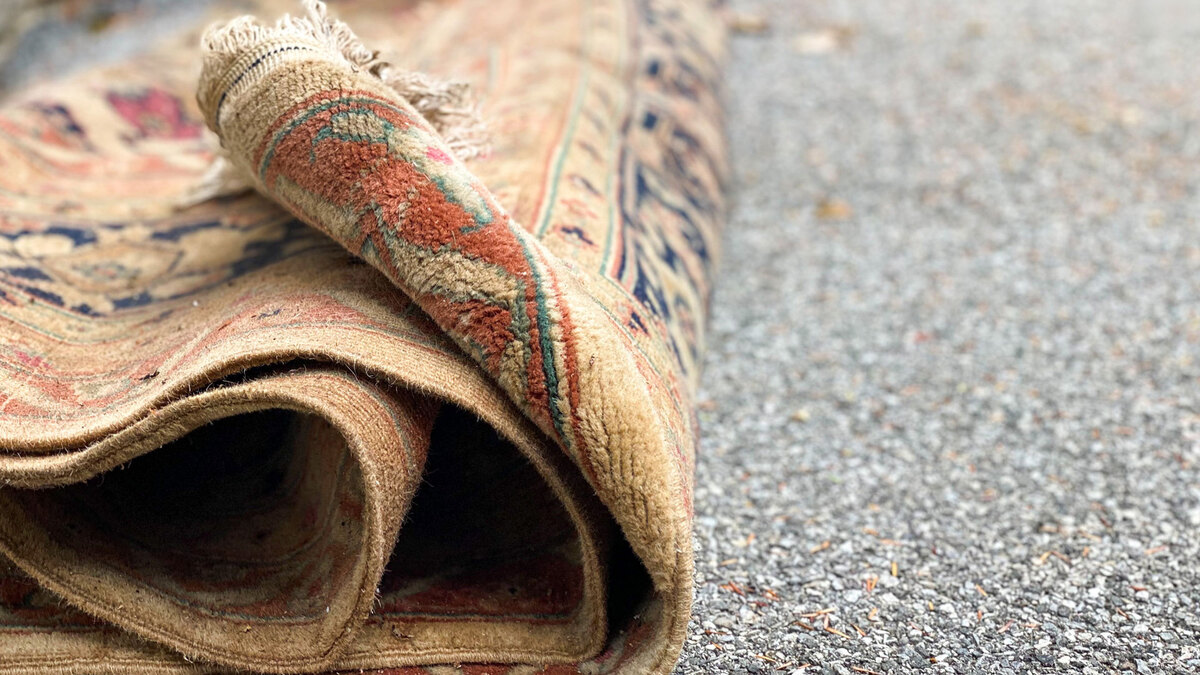
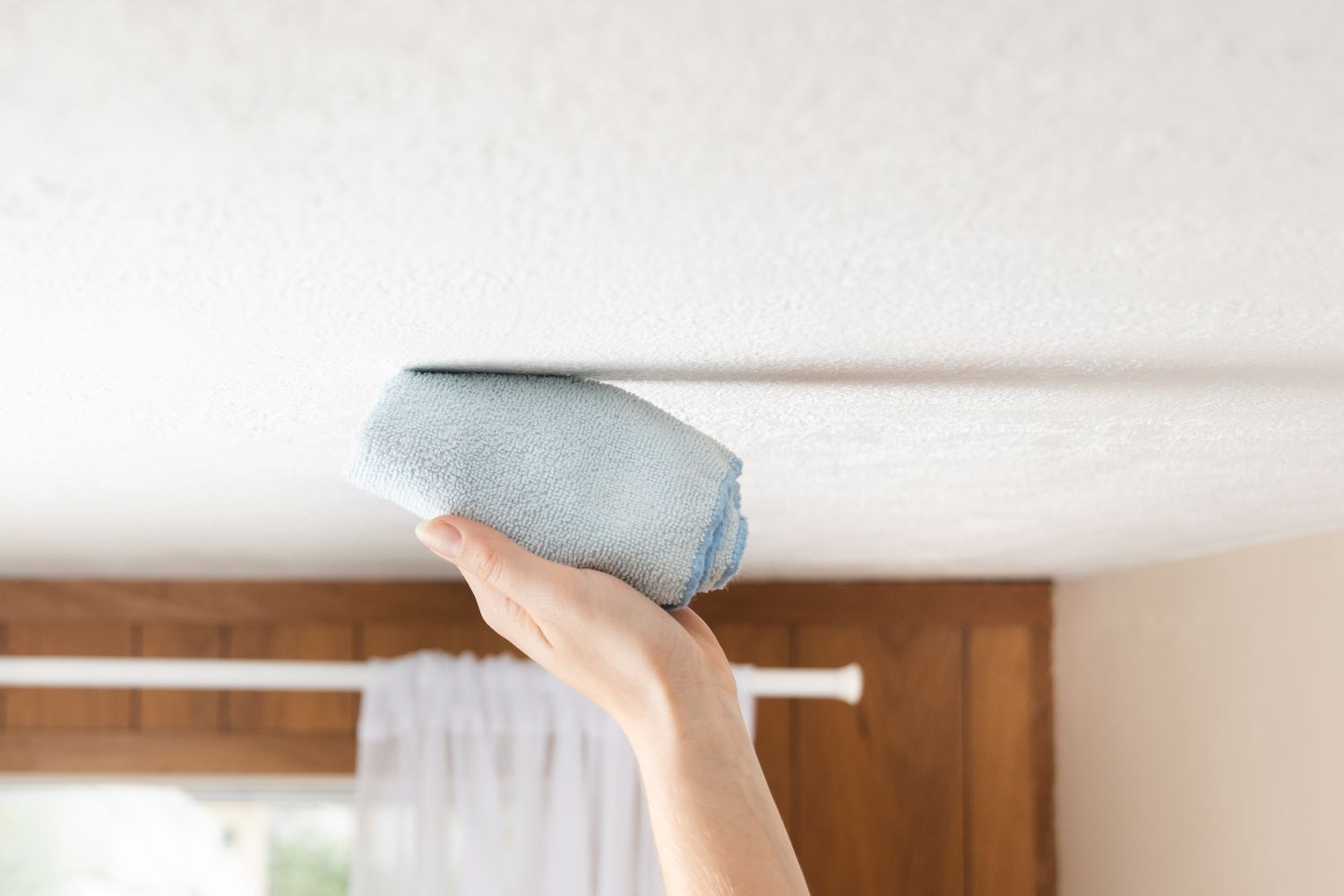
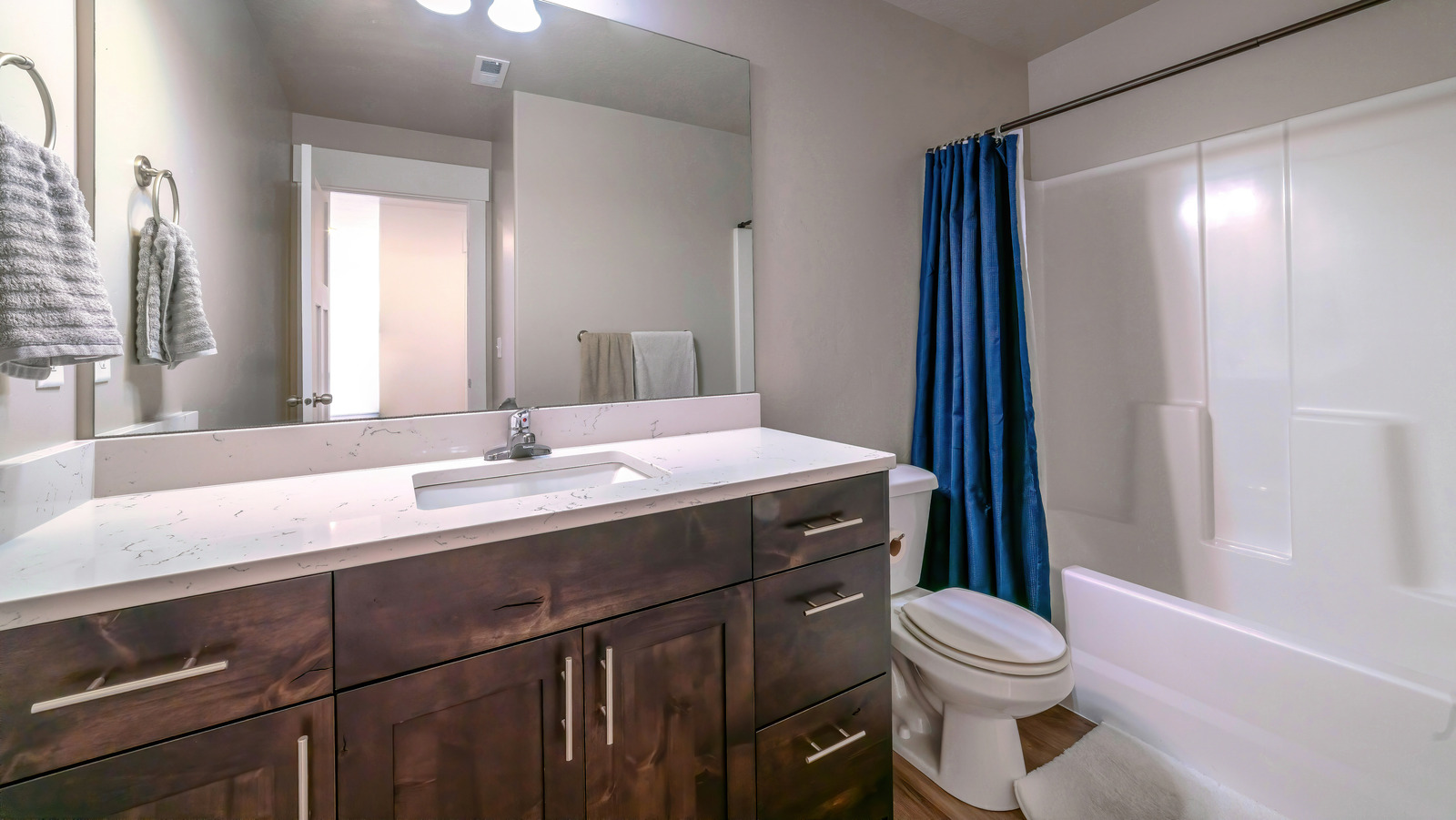
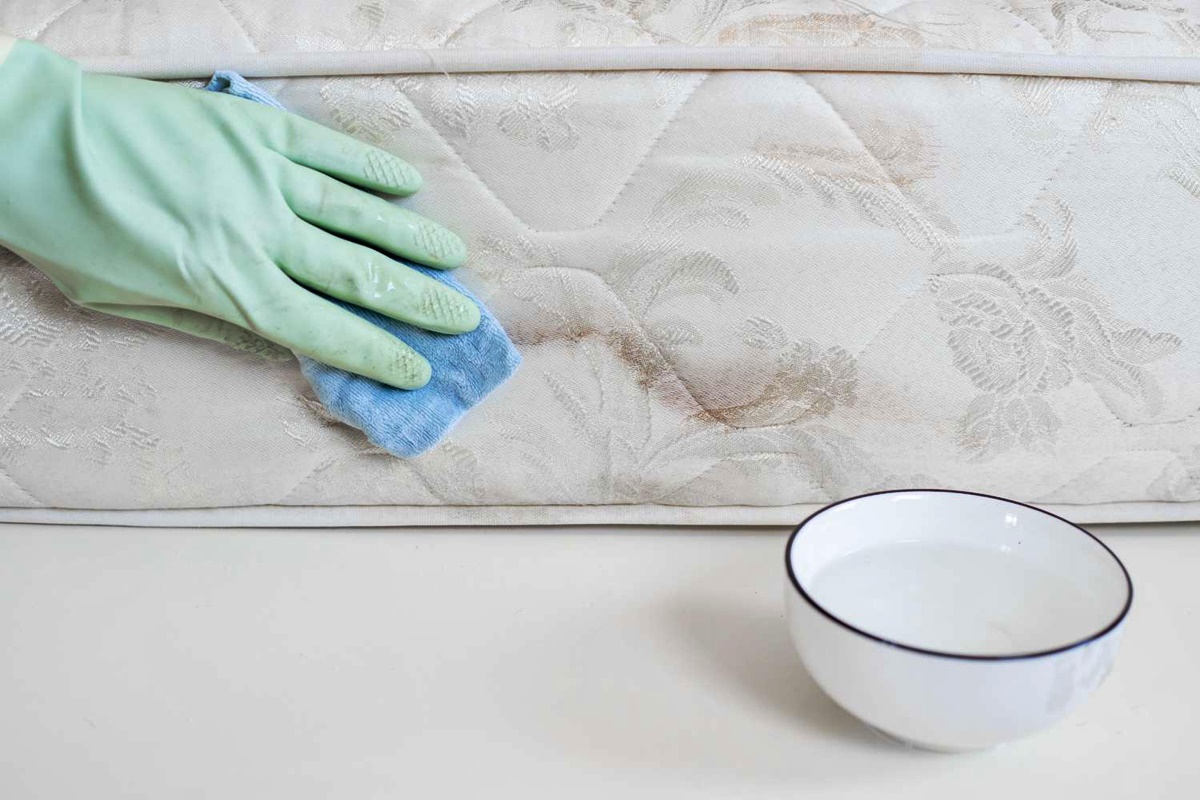
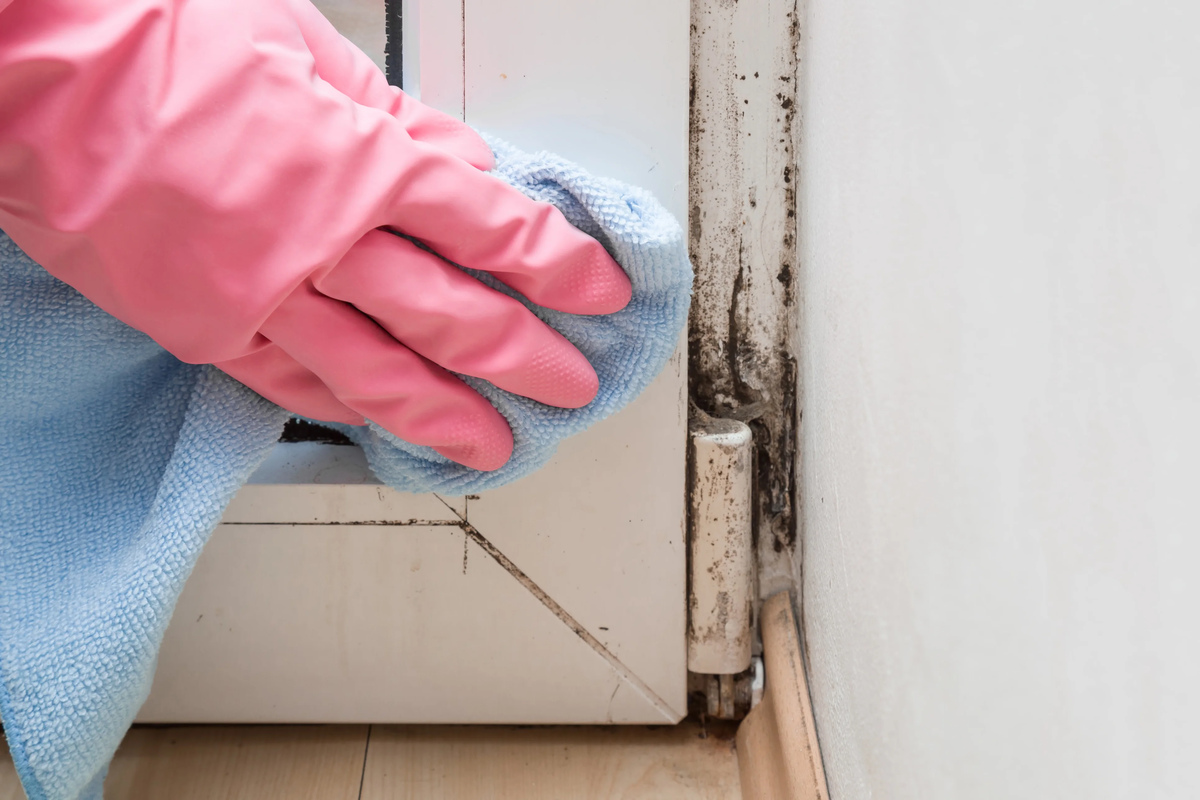
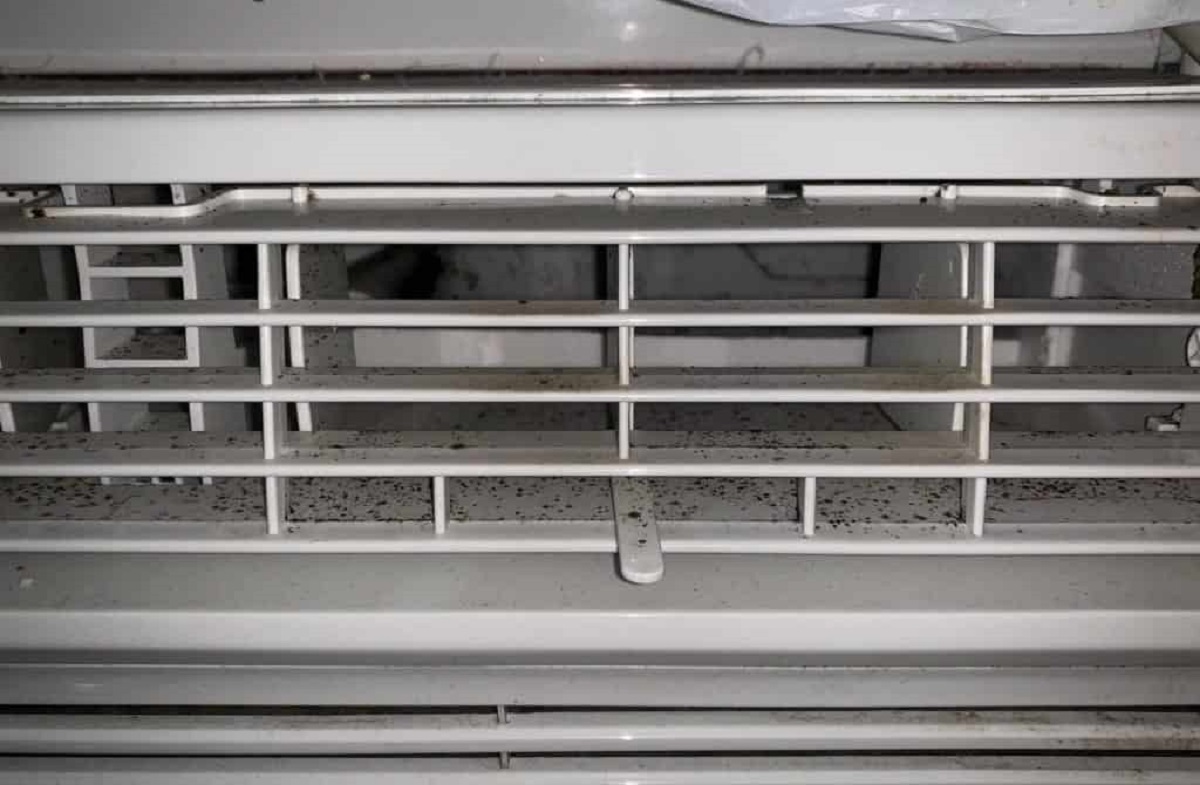
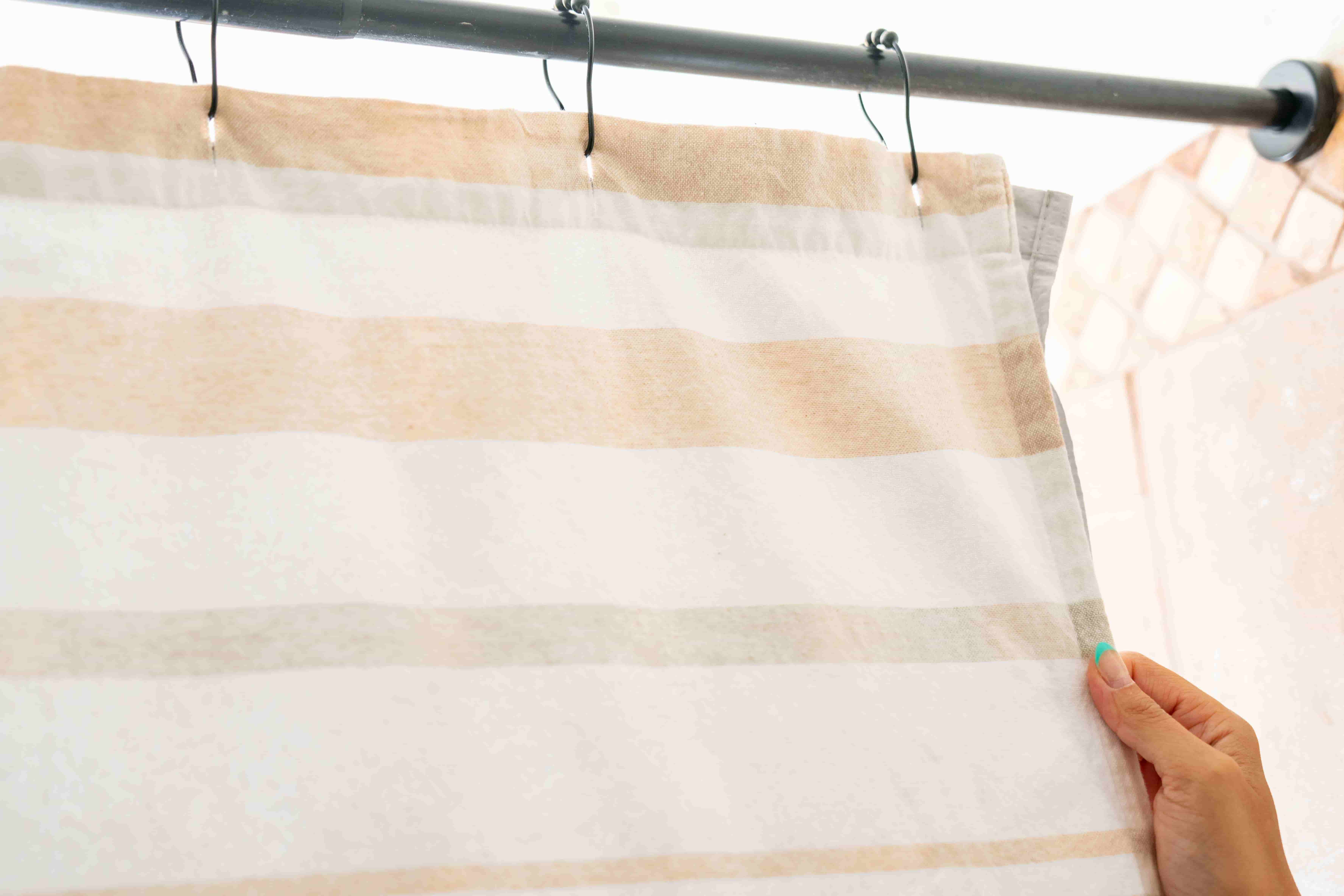
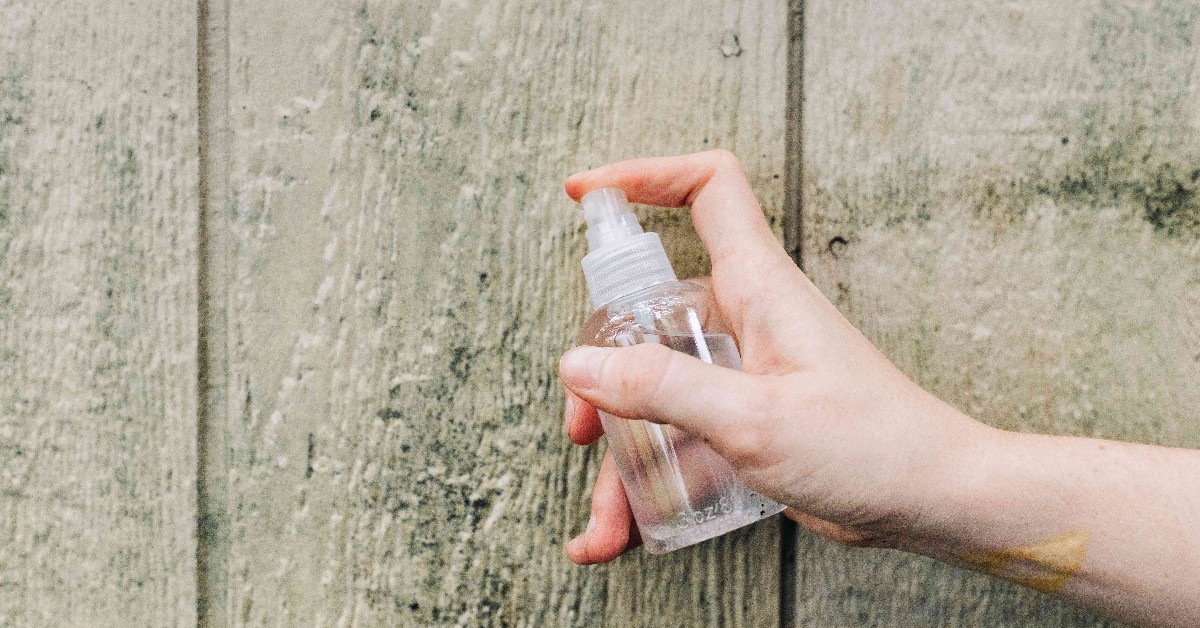
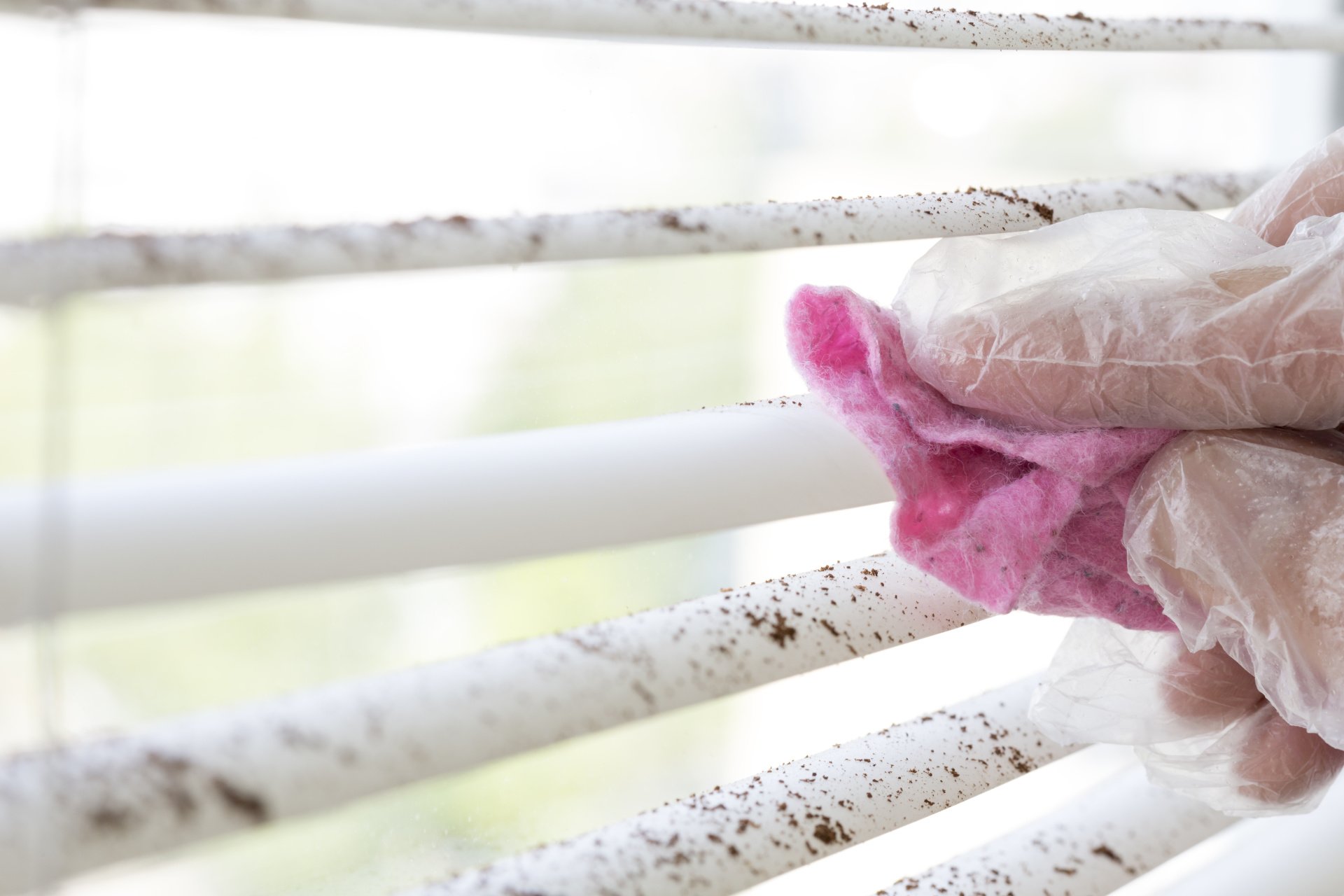
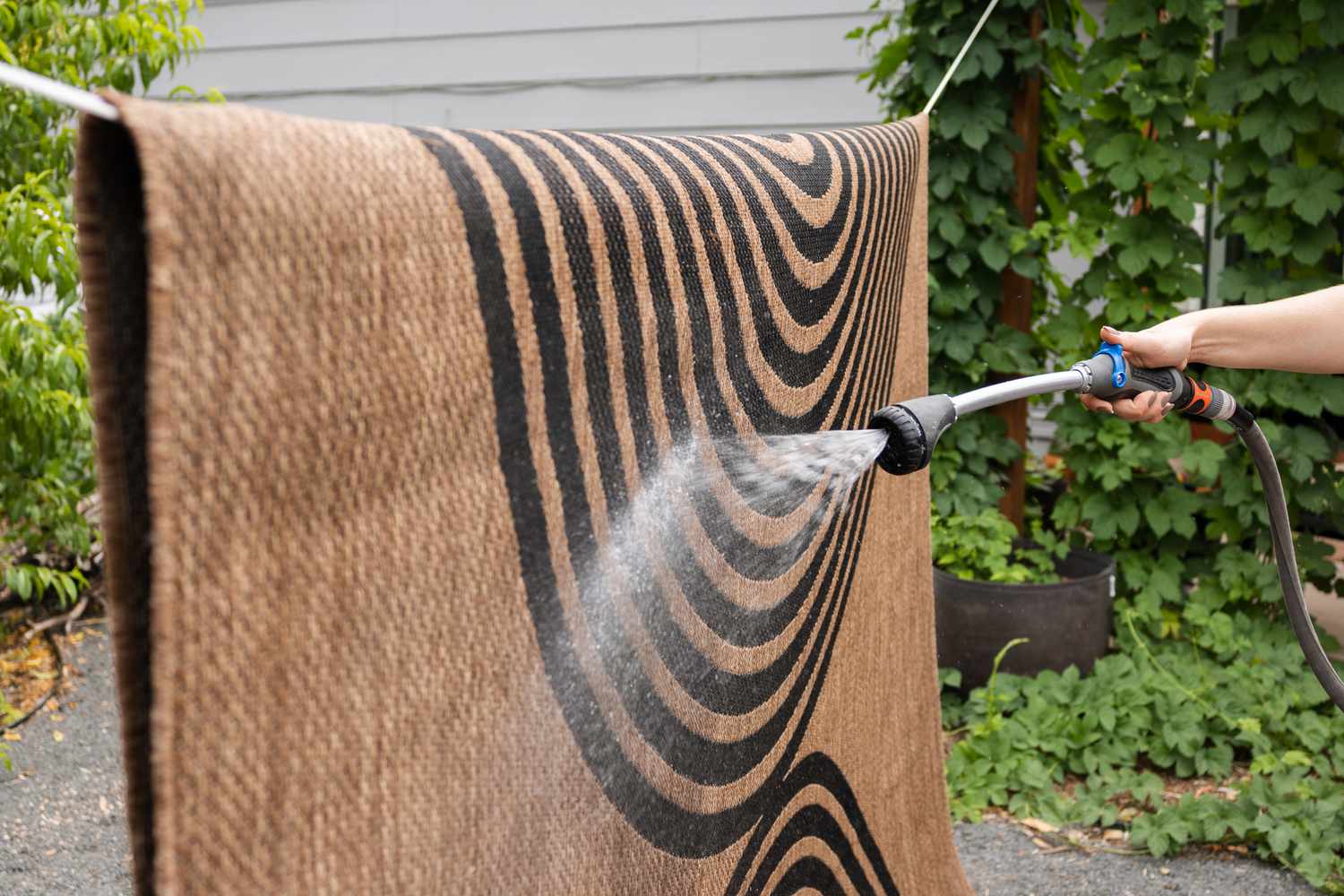

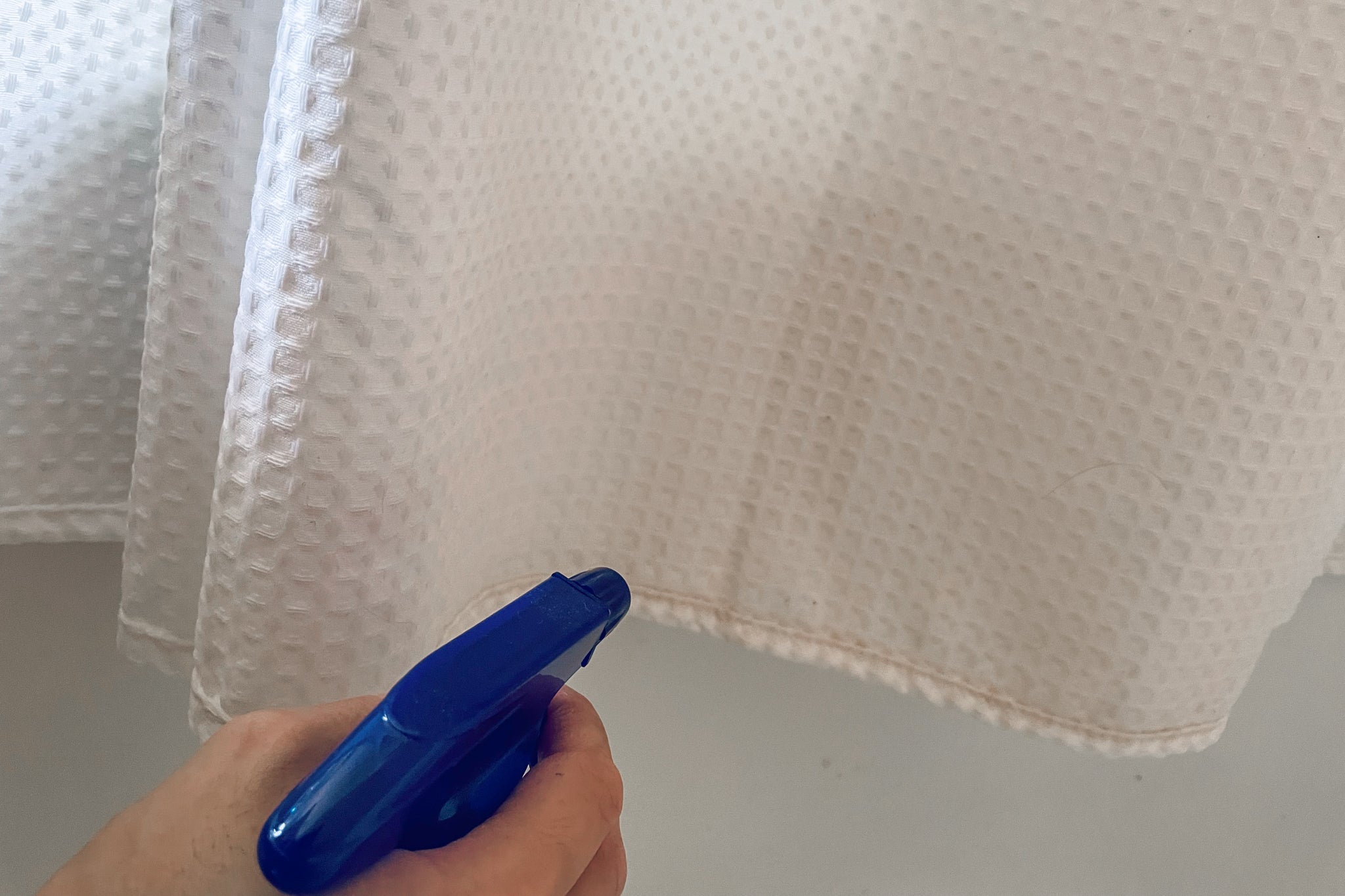
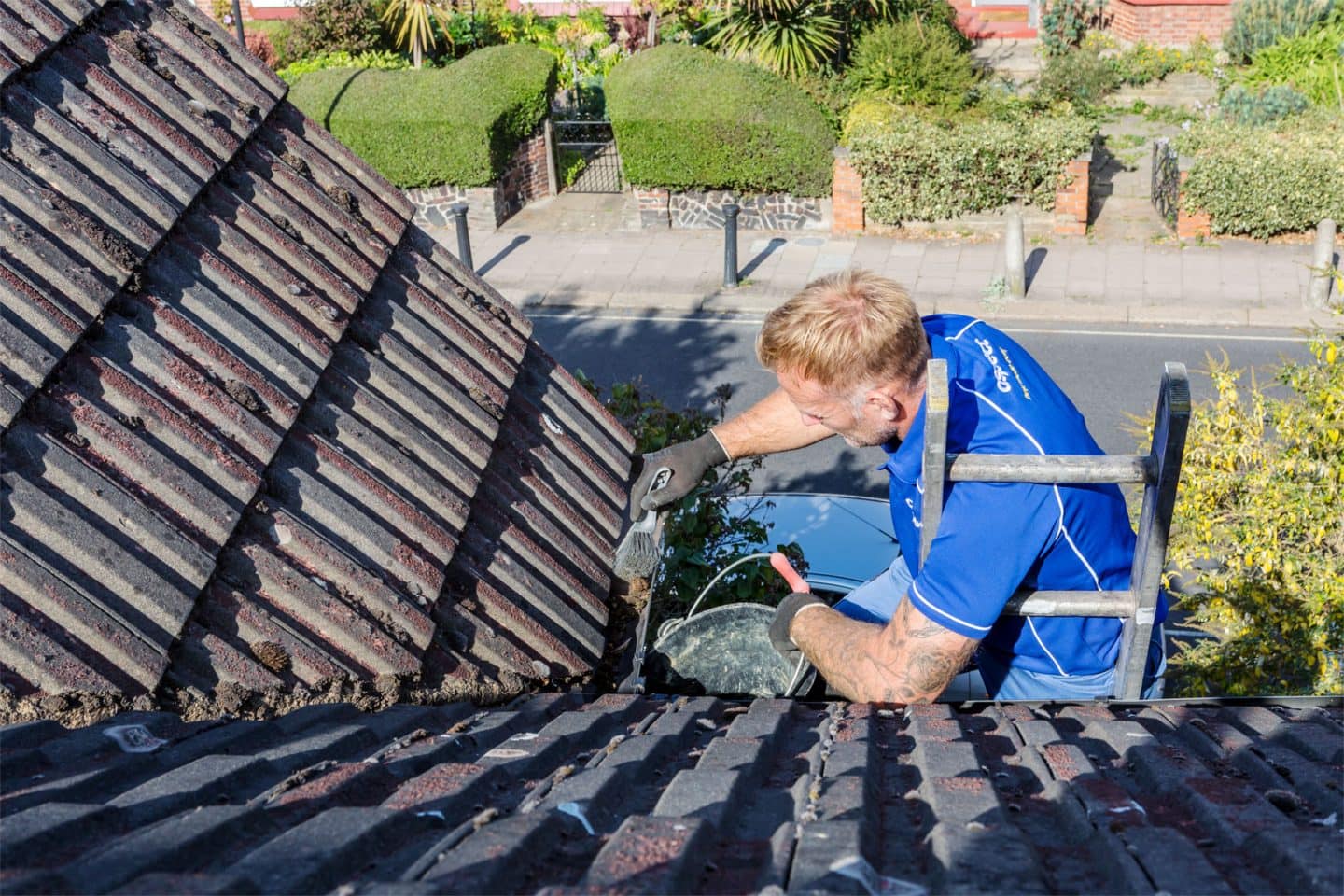

0 thoughts on “How To Clean Mold In The Shower: Expert Tips”